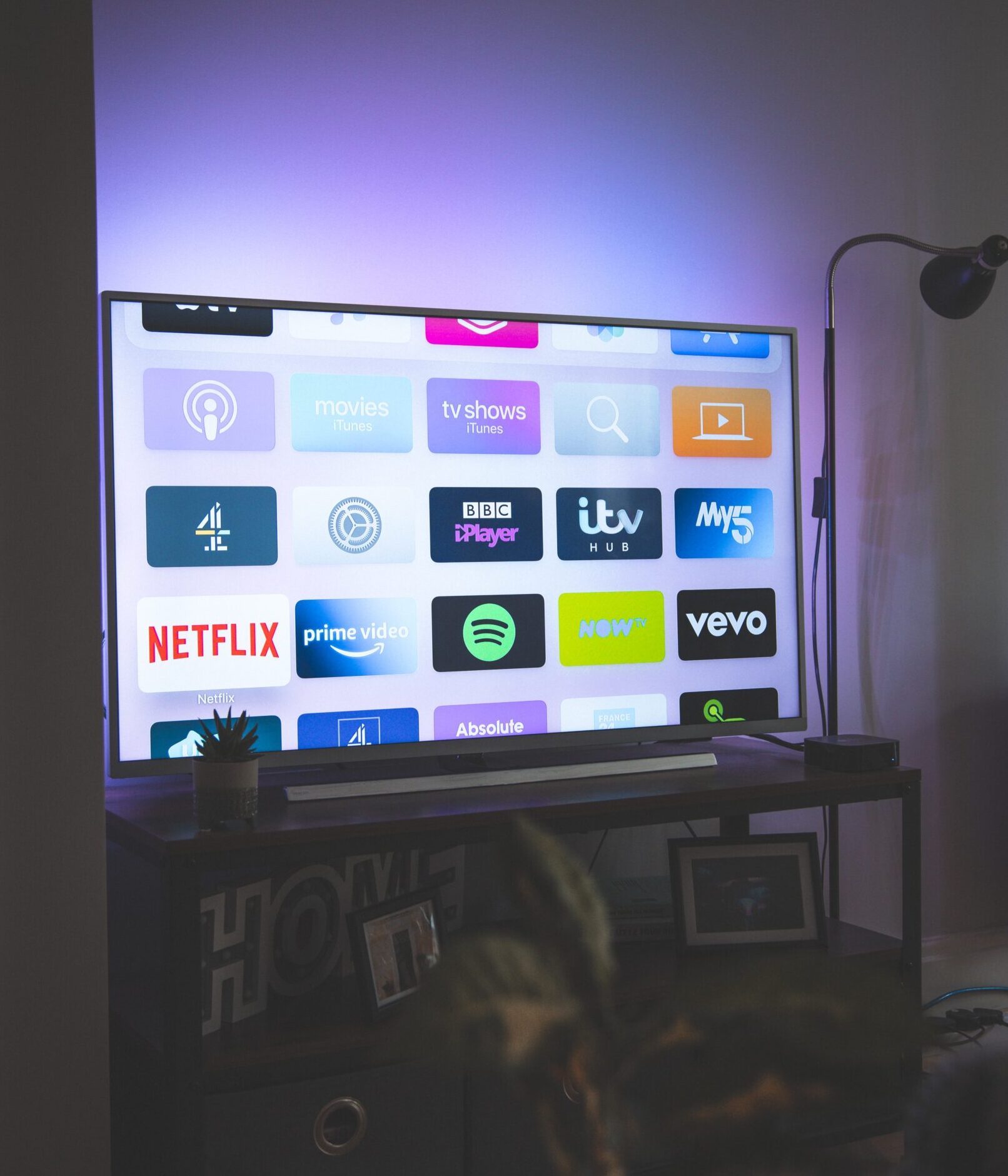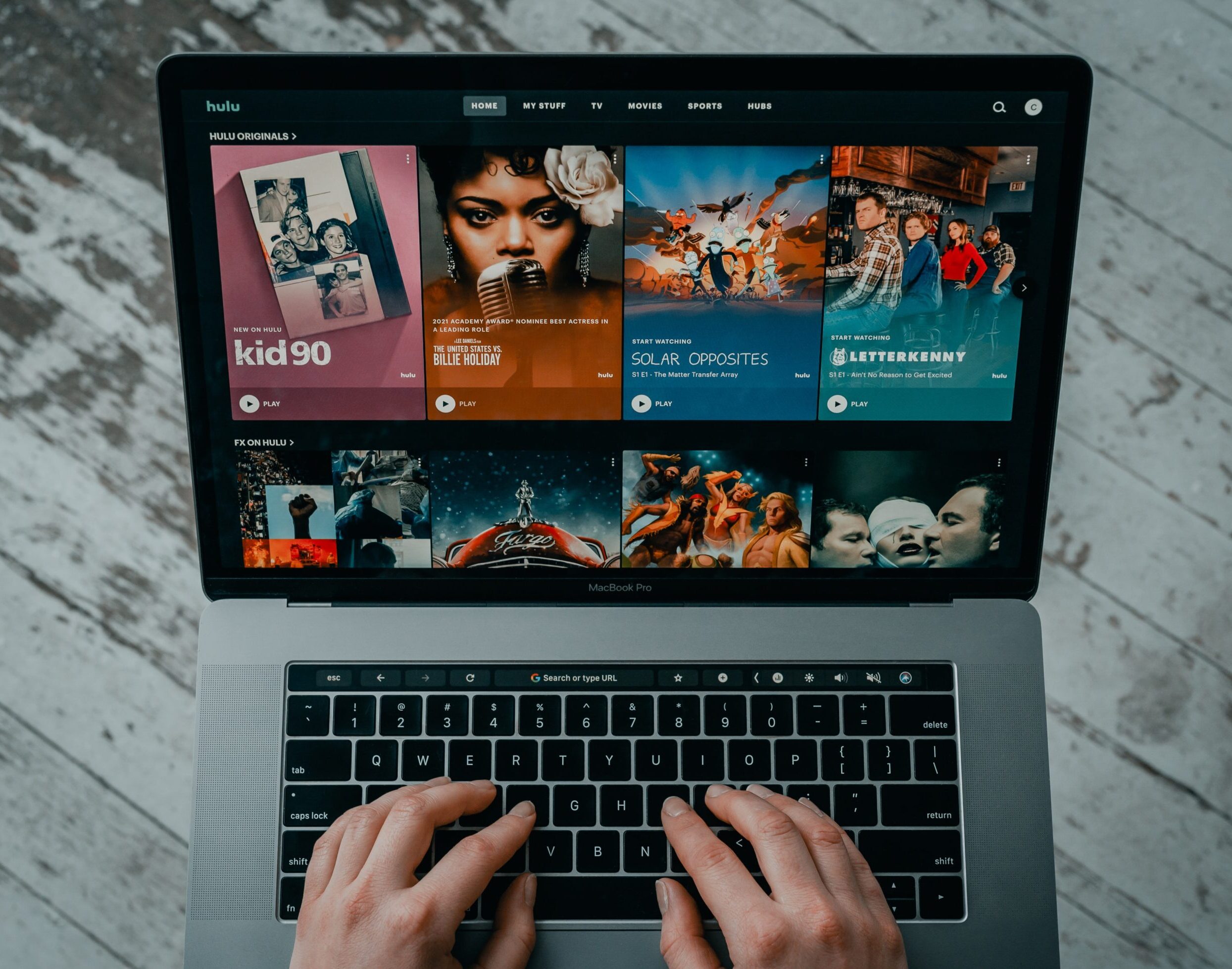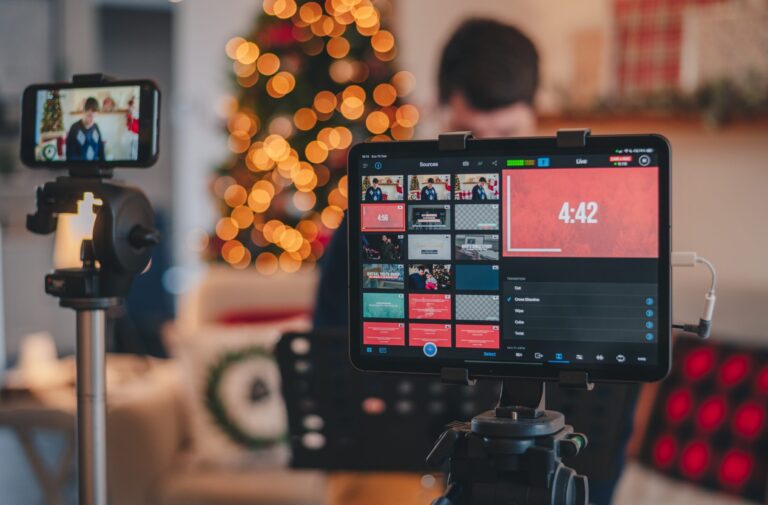Analyzing the effects of streaming services on revenue and artist compensation
The music industry has undergone a revolution in recent years, with streaming services taking center stage. Services like Spotify and Apple Music have made it easier than ever to access millions of songs at the touch of a button. While this has undoubtedly changed the way we listen to music, it’s also had significant effects on revenue and artist compensation. In this blog post, we’ll take a closer look at how streaming services are impacting the industry and discuss their pros and cons. So sit back, put on your favorite playlist, and let’s dive into the world of music streaming!
What are streaming services?
Streaming services have revolutionized the way we consume music and other forms of entertainment. Essentially, streaming is a method of delivering content over the internet in real-time without having to download files onto your device. Instead, you can access an endless library of music directly from these platforms.
There are many different types of streaming services available today, each with their own unique features and benefits. Some popular examples include Spotify, Apple Music, Amazon Music and Tidal.
These platforms give users access to millions of songs by paying a monthly subscription fee or listening for free with ads played intermittently throughout playback.
Furthermore, streaming services offer personalized recommendations based on user behavior that will help them discover new artists or genres they might not have encountered otherwise. With easy-to-use interfaces and cloud-based storage options, these digital libraries are becoming increasingly popular among consumers as they provide affordable access to an immense collection of tracks at any time anywhere.
How do streaming services affect revenue and artist compensation?
Streaming services have revolutionized the music industry, making it easier than ever before for listeners to access their favorite songs and albums. But what about the impact on revenue and artist compensation? While streaming has certainly disrupted traditional sales models, opinions are mixed as to whether this shift has been positive or negative for artists.

On one hand, streaming services offer a new way for artists to reach a wider audience without having to rely solely on album sales or live performances. This can potentially increase exposure and lead to more opportunities for revenue generation through merchandise sales, endorsements, and other avenues.
However, some argue that streaming services don’t compensate artists fairly for their work compared to traditional album sales. Critics point out that the royalties paid by streaming platforms are often minuscule in comparison – fractions of pennies per stream as opposed to larger lump sums from physical album purchases.
Furthermore, many smaller independent artists may struggle with getting their fair share of revenue due to factors like unequal distribution algorithms or lack of bargaining power against major labels who negotiate deals with these platforms.
While there are both advantages and disadvantages associated with music streaming services’ impact on revenue and artist compensation within the industry will continue evolving based on consumer preferences coupled with technological advancements.
The pros and cons of streaming services
Streaming services have revolutionized the way we consume music, movies, and TV shows. There are several advantages and disadvantages to using these platforms.
One of the biggest pros of streaming services is convenience. Users can access a vast library of content without having to purchase individual pieces or physical media. This makes it easier for people with limited budgets to enjoy their favorite entertainment on demand.
Another advantage is that streaming services often offer personalized recommendations based on users’ viewing habits and preferences. This can help users discover new artists and content they may not have found otherwise.
On the other hand, one major disadvantage of streaming services is that they typically pay artists very little per stream compared to traditional sales models. This means that many musicians struggle to make a living through streaming revenue alone.
Additionally, there are concerns about privacy and data collection when using these platforms. Some users may feel uncomfortable with the amount of information that companies collect about them in order to personalize recommendations.
While streaming services offer many benefits in terms of accessibility and personalization, there are also some significant downsides that should be considered before subscribing or relying solely on these platforms for entertainment consumption.
Streaming services have significantly impacted the music industry by providing a new and convenient avenue for listeners to access their favorite songs. However, this convenience has come at a cost to both revenue and artist compensation.
While streaming services have generated tremendous profits for companies like Spotify and Apple Music, they have not been able to provide fair earnings for artists. Additionally, the shift towards digital distribution has made it challenging for musicians to earn money from physical sales of their music.

As technology continues to advance and more people rely on streaming services as their primary source of music consumption, it is essential that we find solutions that benefit all parties involved in the industry. One possible solution could be an increase in royalties paid out by streaming platforms or implementing a subscription-based model in which users pay higher fees to support artist compensation.
Ultimately, there is no easy answer when it comes to balancing consumer demand with fair compensation for artists. It will require collaboration between stakeholders across the industry to ensure that everyone can thrive in the evolving landscape of music distribution.






